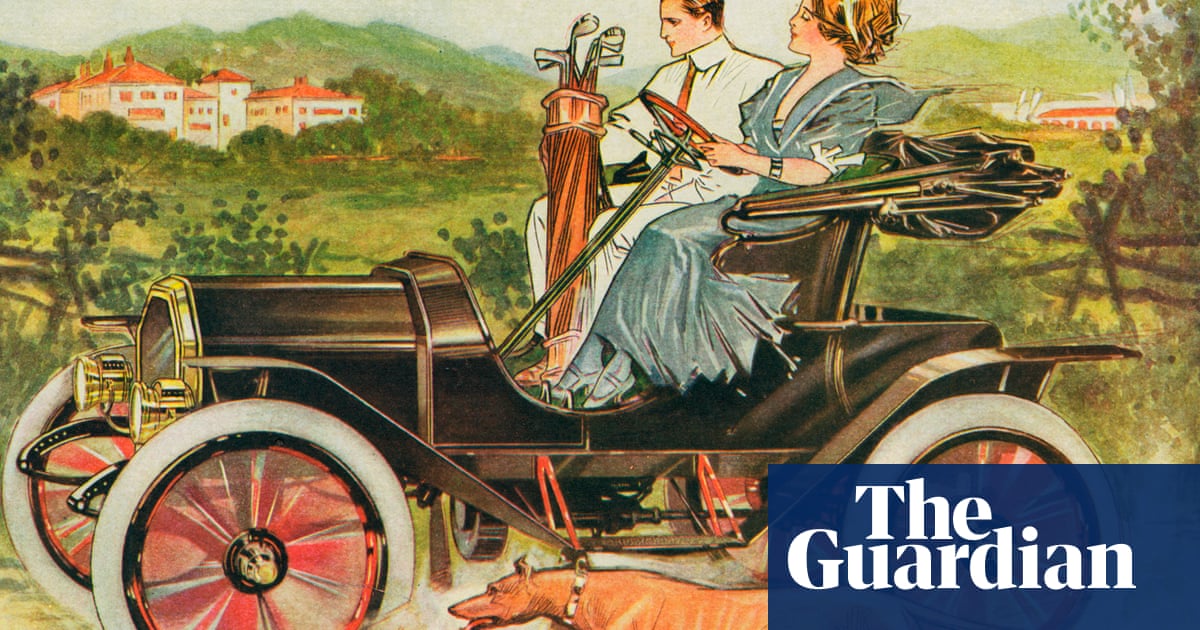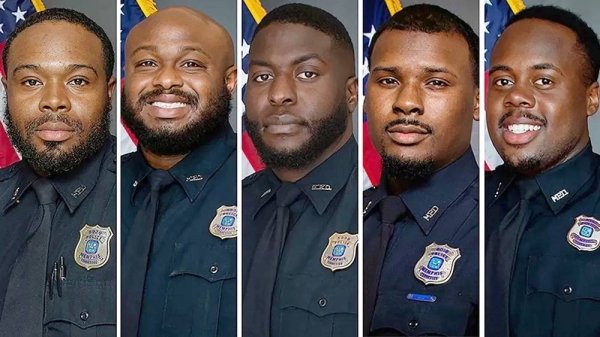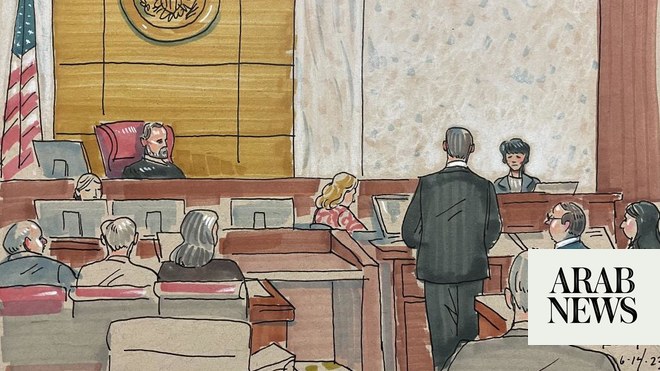
On April 3, 1968, shortly before the Rev. Dr. Martin Luther King Jr. would deliver what turned out to be his last speech, “I’ve Been to the Mountaintop,” at a Memphis church packed with striking sanitation workers, the Rev. James M. Lawson Jr., a local minister and national strategist of nonviolent direct action, stepped up to the church’s pulpit. A colleague and friend of Dr. King, Mr. Lawson spoke passionately to the crowd about a teenager named Larry Payne. A few days before, a Memphis police officer had shot and killed Mr. Payne in a doorway outside the housing project where he lived, unbeknown to his mother, who was at home in their apartment less than a hundred yards away.
This month, Tyre Nichols, a 29-year-old Memphis father, became the latest Black man to join a horrific line of abuse that connects that moment 55 years ago to right now. Five Memphis police officers have been charged with the aggravated kidnapping and second-degree murder of Mr. Nichols, an avid skateboarder and photographer who worked the second shift at FedEx. The officers beat him mercilessly. He was heard on videos from the scene saying, “I’m just trying to get home.” And he called out for his mother (as George Floyd did in 2020), unbeknown to her at the time, even though she was at their house less than a hundred yards away.
Mr. Lawson told the crowd that night in 1968 how people defending the police killing were saying, “They were only doing their job.” But, Mr. Lawson countered, “if their job requires that they stick a shotgun in the midsection of a 17-year-old boy who has his hands over his head and is saying, ‘Don’t shoot,’ then we need —” Mr. Lawson couldn’t finish his sentence, because those words (which would echo decades later as demonstrators chanted, “Hands up, don’t shoot,” in Ferguson, Mo.) stirred people in attendance to thunderous hollers, shouts and clapping. A few beats later, he raised his voice, declaring it was “high time that we rid Memphis and this nation” of police brutality. “We want to see it end,” he said, “once and for all.”
The next day, Dr. King was assassinated. And in 2023 “once and for all” still has not come true.
Many cities in the United States could trace similar repetitive patterns of policing that torments and kills people who aren’t considered white, all the way back to the origin of law enforcement in this country. It is a history rooted in slave patrols and militias designed to protect white people’s lives and livelihoods from rebellion among enslaved Black people. But in Memphis the grief and oppressiveness resulting from those systemic patterns run especially deep — lingering and reverberating, like the rap, soul, blues and rock ’n’ roll music this city has given the world.
Three years after Mr. Payne’s 1968 killing, several Memphis law enforcement officers were charged in connection with the murder of Elton Hayes, a Black 17-year-old who was beaten to death in a ditch after a high-speed chase. (Twenty years later, the police beating of Rodney King in Los Angeles had similarities to that case.) Mr. Hayes’s killing in 1971 ignited five days of uprisings in Memphis. The officers were acquitted.
In 1974 a Memphis police officer pursued a Black 15-year-old accused of stealing a wallet containing $10 and shot him in the back of the head, killing him as he was running away. The case went to the US Supreme Court and set a standard limiting the justifications for police shootings of fleeing suspects. The young victim in the Memphis case was named Edward Garner. (Forty years later, a police officer using a banned chokehold killed a Black man named Eric Garner on a Staten Island sidewalk.)
The toxic line reaches much farther back, to 1866, when mobs led by white Memphis police officers, angry at the Black Union soldiers who were freely roaming the city after the end of the Civil War, systematically killed 46 Black people in the streets. For three days, the mobs rampaged, raping Black women and looting and burning Black people’s homes, schools and churches in the same part of the city where Mr. Payne and Dr. King were killed 102 years later. No charges were ever brought against any of the policemen, even though a 400-page congressional report on the horrors of the attacks swayed many in Congress and was said to influence the passage of the 14th Amendment.
Twenty-six years later, in 1892, the police, along with armed civilians, invaded a prosperous nearby neighborhood. They rounded up and arrested dozens of Black men without sound reasons. A few days later, a group of white men easily entered the jail and kidnapped three of the most successful business leaders among the arrested men and murdered them in a field near the Mississippi River. One was a particularly close friend of the Memphis schoolteacher and journalist Ida B. Wells. Their deaths sparked her international anti-lynching campaign.
This past week, as the city braced for the release of police videos of Mr. Nichols being assaulted, a Memphis pastor, the Rev. Earle Fisher, called out local and national leaders on social media. He is a respected longtime critic of deadly overpolicing in Memphis, particularly since a police officer killed 19-year-old Darrius Stewart in 2015 during a traffic stop. Mr. Fisher posted, “I feel a way about how some of the same people who have resisted or tried to reduce our calls for reform FOR THE LAST SEVERAL YEARS; the ones who have literally manufactured and maintained these brutal conditions, are now posturing themselves as champions at the vanguard of structural and systemic change.”
Mr. Nichols might not have known every detail of the cruel heritage that was ensnaring him as he tried to calm the mob of policemen beating him, tried to escape and shouted, “Mom, Mom, Mom.” But that doesn’t mean he didn’t know in his bones or in his DNA or from the Memphis soil beneath him that he could end up joining those who preceded him in the lineage of terror running through our nation’s history.
Mr. Nichols’s stepfather told a reporter how wrenching it was to see on video when officers who had just taken turns kicking his son and beating him with batons acted so nonchalantly afterward, as if they had done the same thing many times before. Isn’t that similar to how our nation has responded for centuries when it comes to police violence against Black people? Isn’t it high time, again, to stop treating police brutality as just another issue to address with half measures? Or will this be yet one more moment when the vicious, racist (blue) line twisting through our nation continues to be as American as apple pie, baseball and Elvis?
The New York Times












